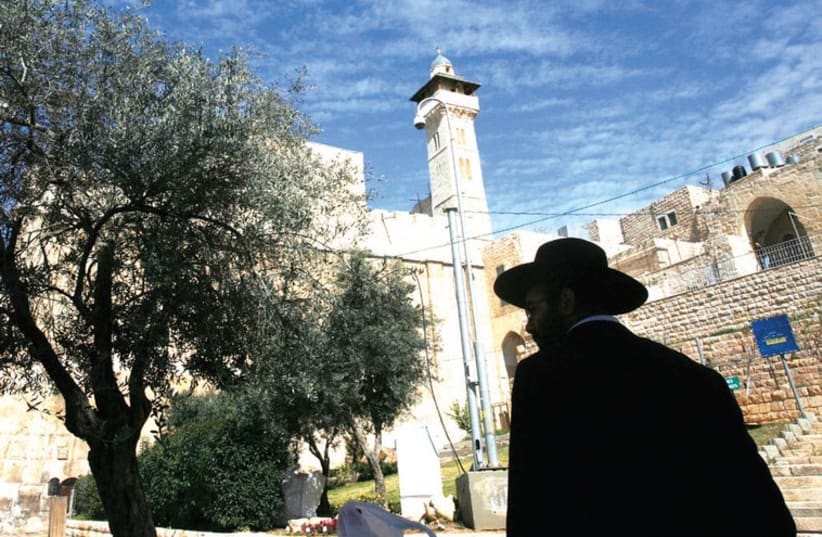UNESCO’S Hebron vote just the opening Palestinian salvo against Israel
Israel now fears the fight to retain its historical legitimacy has extended itself to Hebron, a city that has had an almost continuous Jewish presence since the time of King David.
